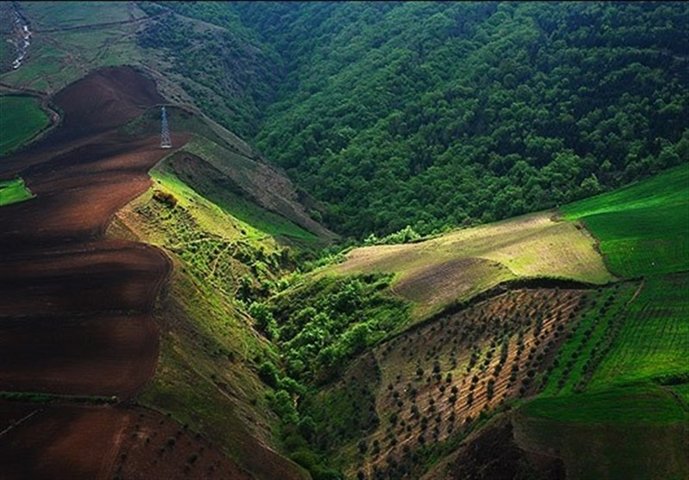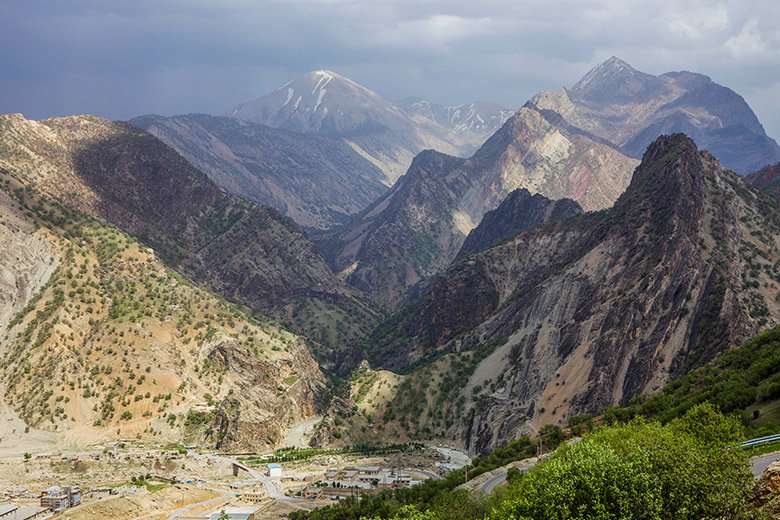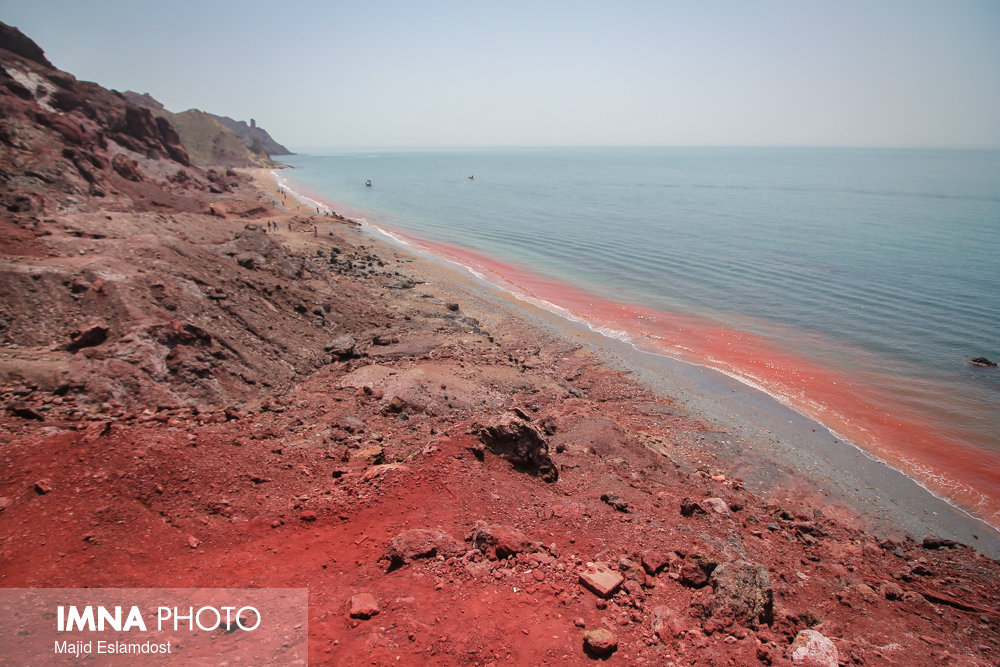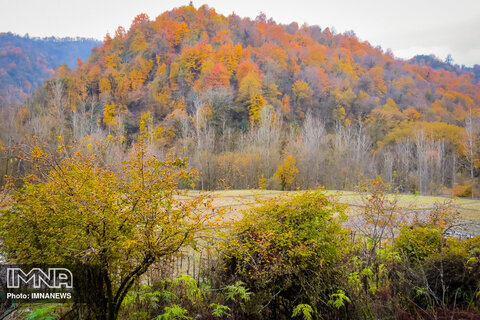Iran (IMNA) - The great difference between the two latitudes of the north and south of the country and the existence of different plains, altitudes, and climates have given a very diverse view to the vast land so that a variety of vegetation and plant species are grown across it. Here, five ecological regions of Iran are briefly introduced below.
Hyrcanian or Caspian ecological zone
The Hyrcanian ecological zone covers the green belt, the southern margin of the Caspian Sea, and the northern profile of the Alborz mountain range. The forested areas of the region stretch to 2.4 million hectares covering Astara in Gilan province to Glidaghi in Golestan province.
Due to soil fertility, temperature changes, and numerous rainfalls, this ecological area is rich in plant species, so that more than 80 species of broadleaf trees, 4 species of conifers, and 50 species of shrubs have been identified so far, most of which are beech, hornbeam, oak, maple, and alder.
The forests of this region, as an intact and healthy generation, form a belt of deciduous trees of the third geological period. These forests, which are called wet or Caspian forests, have high environmental and economic values, which are considered as world natural heritage.

Iran-Turani ecological zone
The area of forests in the Iran-Turani ecological region, which covers most of the central plateau of Iran, is 4,666,941 hectares. Based on topographic and altitude conditions, this region is divided into two mountainous regions with a cold climate and a desert with a hot and dry climate.
Although the climatic conditions of the region have caused the dispersal and distance of trees, due to its vastness, a variety of plant species constituting 69 percent of the total flora of Iran is located in this area.
The main species of the mountainous region are Persian turpentine, almond, and juniper and the main species of the plain region are genus Tamarix, Haloxylon, Zygophyllum, and Calligonum.

Arasbaran ecological zone
The forests of this region, which are among the semi-humid forests of the country, are located in the province of East Azarbaijan and northwest of Ardebil province, which covers 174,838 hectares.
Arasbaran forests have been protected by UNESCO since 1976 as one of the biosphere reserves due to their rare and unique plant species and rich biodiversity. A variety of plant species is a special feature of this vegetation area; as over 775 plant species have been identified in the protected area alone, 55 of which have been reported for the first time in Iran.
There are many forest species in the Hyrcanian vegetation area. However, the main species of beech and alder have not grown in Arasbaran, which has caused this area to be separated from the Hyrcanian ecological area in the divisions.
The main flora species of the Arasbaran region are water oak, white oak, common hornbeam, English yew, and maple.

Zagros ecological zone
Some sources date the Zagros oak forests to 5,500 years. The creation and expansion of these forests are due to rainfall raised by the Mediterranean system and the Black Sea, which extends from the Sardasht area of West Azarbaijan to Firoozabad city of Fars province covering an area of 5,440,494 hectares.
One of the criteria for determining the border of this area is its dominant plant species, Quercus persica. But the area also grows the main species of Persian turpentine, almond, Acer monspessulanum, and wild pear.
Two important functions of Zagros oak forests are water and soil protection, which are of undeniable importance due to the predominant arid and semi-arid climate in the country, as any kind of conservation and rehabilitation investment is justified. Zagros forests are considered protected forests due to their limited growth.

Persian Gulf-Omani ecological zone
The forests of the Persian Gulf-Omani ecological region include part of the southwest and all southern coasts, covering 2,039,963 hectares. Due to ecological differences, the main vegetation is divided into two territories of the Persian Gulf and the Sea of Oman.
In the Persian Gulf area, which extends from Qasr-e Shirin to the border of Bushehr and Hormozgan provinces, the plant species of Christ's thorn jujube, Prosopis farcta, and desert poplar grow. While in the Oman Sea area, which includes a part of Hormozgan province to Sistan-Baluchestan (border of Iran and Pakistan), Mesquites and acacia species are the main vegetation covers.
Gum arabic tree, used in the boat production, are scattered in this area. Mangrove forests, which consist of two species of grey mangroves and loop-root mangroves, are also spread in this area. The mangrove forest habitat is located between the tides of the seas.

Tehrantimes


Your Comment